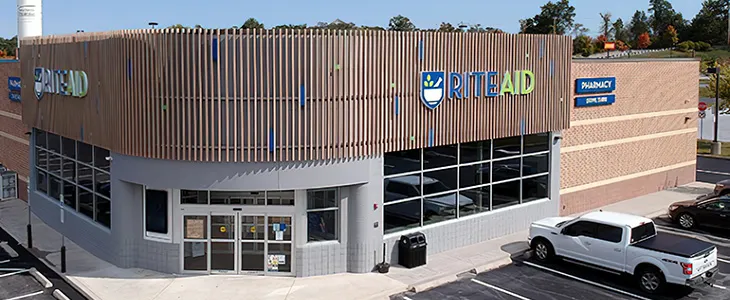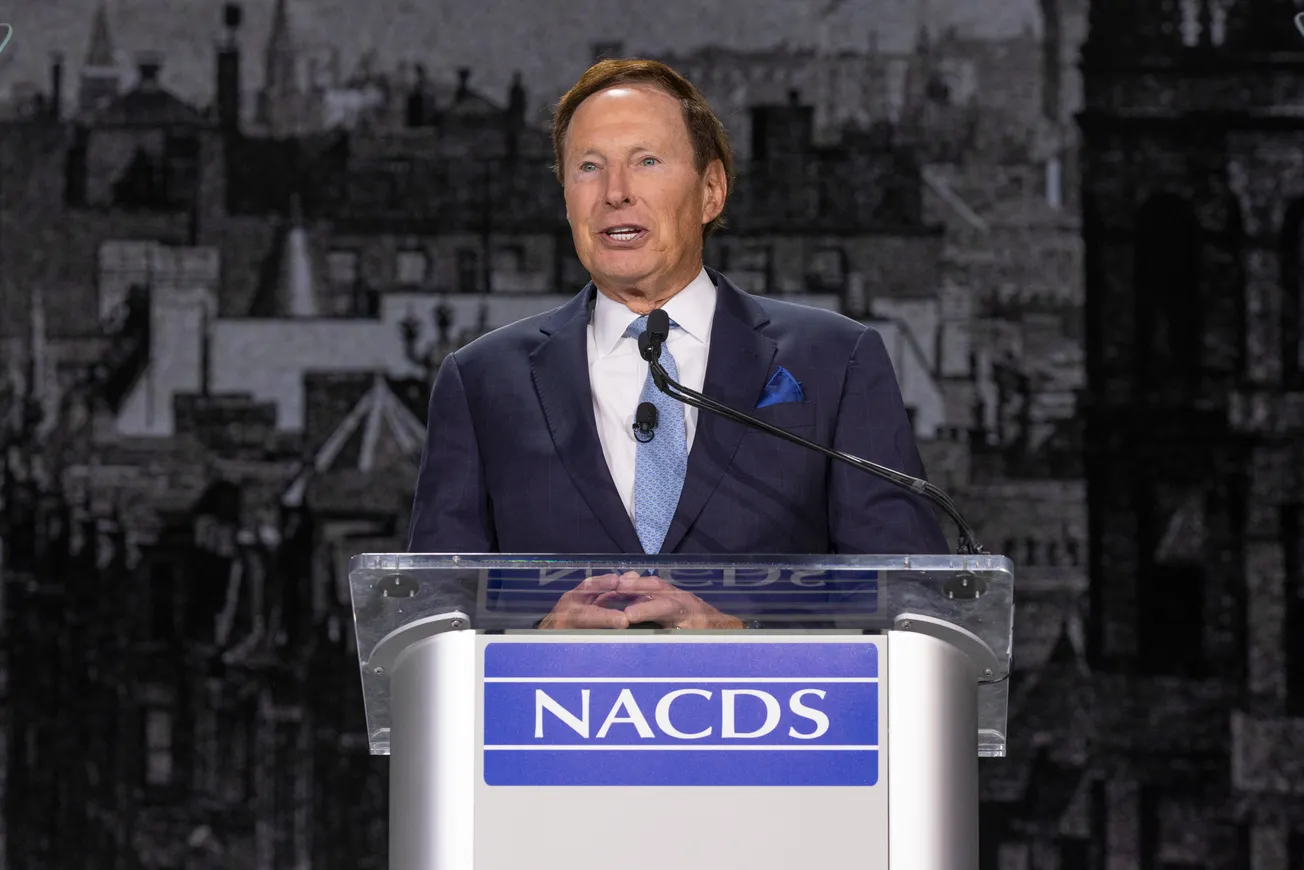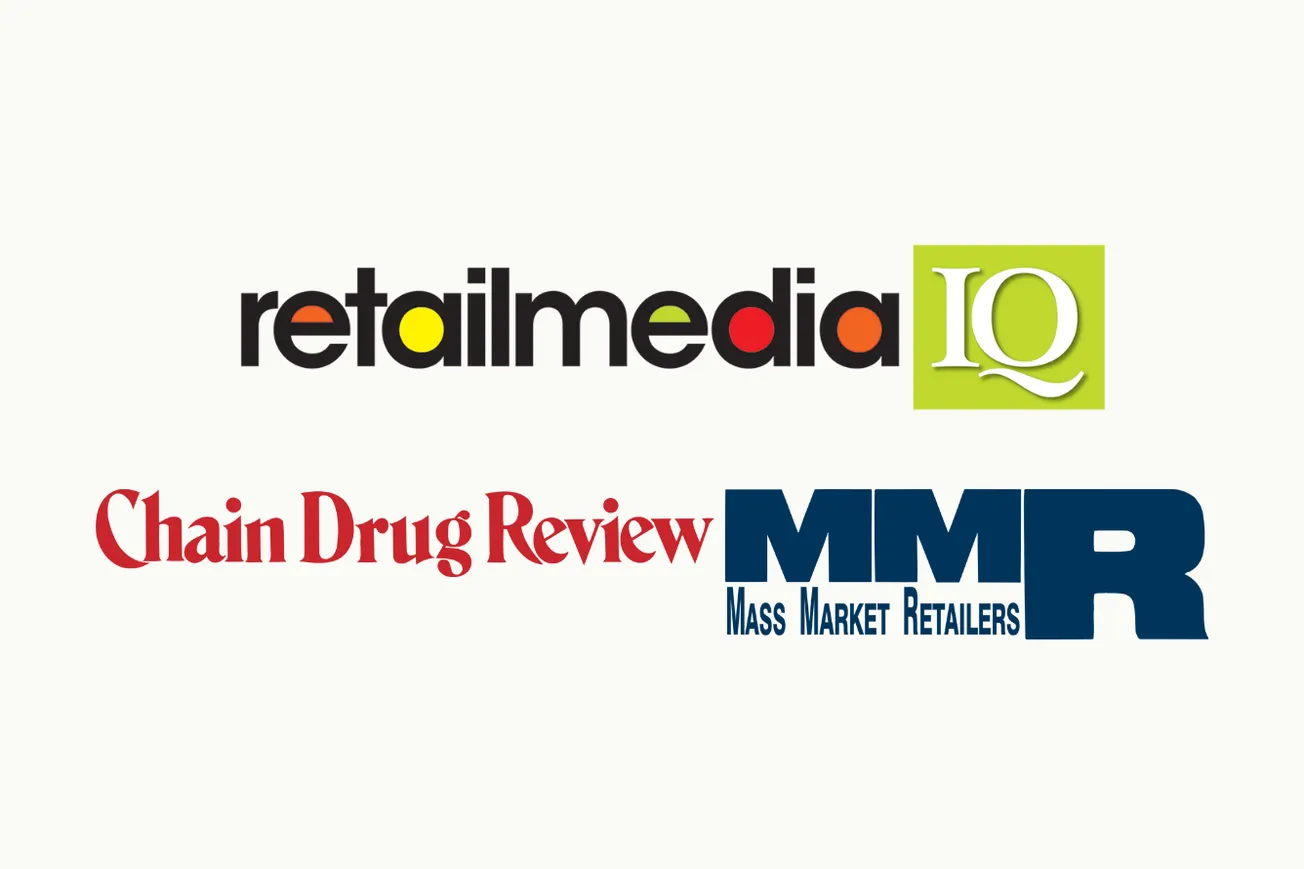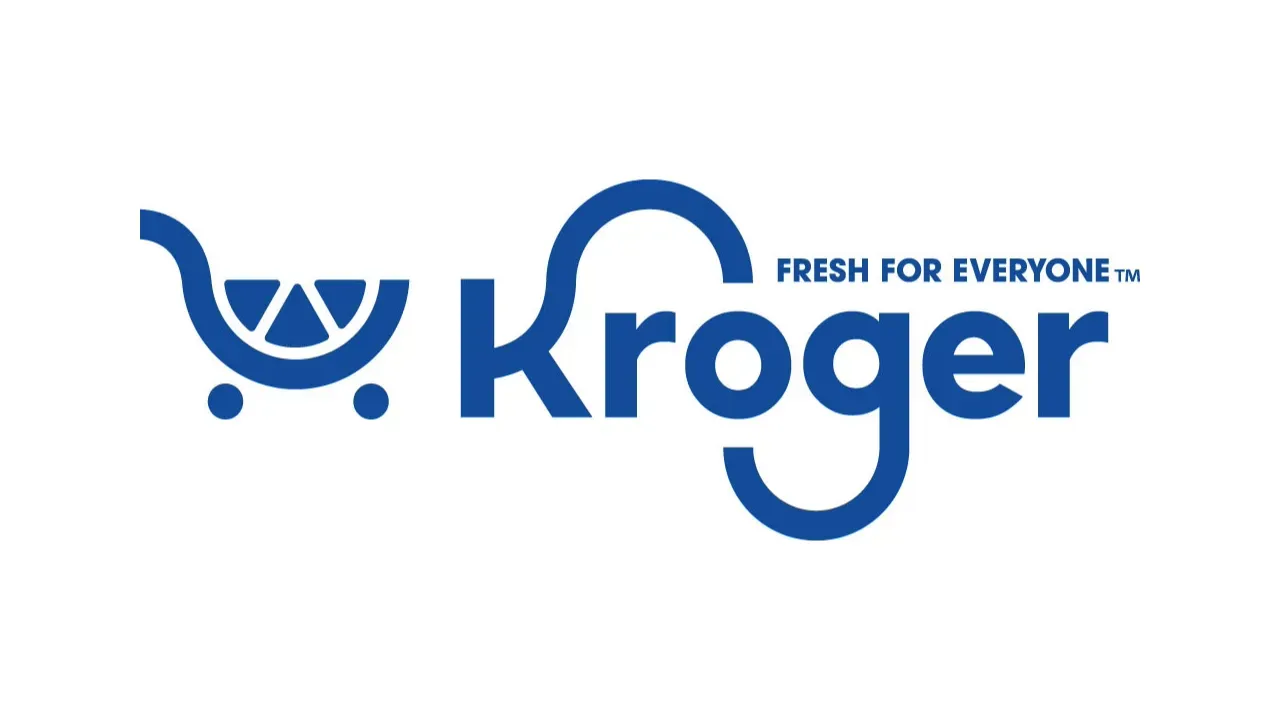PHILADELPHIA — Rite Aid Thursday reported fourth quarter revenue that topped Wall Street’s forecast.
The company posted revenue of $6.065 billion for the period ended February 26, up 2.5 percent from $5.917 billion in the year-ago quarter and far greater than the FactSet consensus of $5.470 billion. The gain was driven by retail segment growth, partially offset by a decline at the Pharmacy Services Segment.
Rite Aid’s fiscal 2023 guidance was also better than expected. It projects revenue to range from $23.1 billion and $23.5 billion and an adjusted net loss between 53 cents and $1.06 per share. The average FactSet projection is for revenue of $21.409 billion and a loss of $1.22 per share.

Heyward Donigan
“We exceeded our 2022 plan amid continuing challenges of the COVID-19 pandemic. As we look forward to the year ahead, we are ready and energized to compete in a new post-pandemic normal,” said Heyward Donigan, president and chief executive officer. “We demonstrated the important role that pharmacists play in the everyday health of our customers and are well positioned to grow in a trillion-dollar pharmacy market through our continued leadership as a full-service pharmacy company.”
Rite Aid reported a net loss in the fourth quarter of $389.1 million, or $7.18 per share, compared to a loss of $18.5 million, or 34 cents per share, a year earlier. Its adjusted loss of $1.63 per share was wider than analysts’ estimate of 43 cents per share. Adjusted EBITDA was $106.1 million, or 1.8 percent of revenues.
The increase in net loss is due primarily to a current year charge of $229.0 million for the impairment of goodwill related to the Pharmacy Services segment. Other variance drivers include higher facility exit and impairment charges driven by store closure decisions, a gain on sale of assets in the prior year fourth quarter resulting from the sale leasebacks of stores and distribution centers, a gain on the acquisition of Bartell Drugs in the prior year fourth quarter, and a LIFO charge in the current quarter compared to a LIFO credit in the prior year fourth quarter. These items were partially offset by an increase in Adjusted EBITDA.
Net loss from continuing operations for the full fiscal year was $538.5 million, or $9.96 loss per share, compared to the prior year’s net loss of $100.1 million, or $1.87 loss per share. The increase in net loss is due primarily to goodwill impairment related to the Pharmacy Services Segment, higher facility exit and impairment charges, a LIFO charge in the current year compared to a LIFO credit in the prior year, higher litigation settlements, and a gain on the acquisition of Bartell Drugs in the prior year. These items were partially offset by an increase in adjusted EBITDA and lower restructuring-related costs.
Retail Pharmacy Segment revenues increased 7.8 percent over the prior year quarter, driven by an increase in same store sales. Same store sales from continuing operations for the fourth quarter increased 8.3 percent over the prior year period, consisting of a 10.7 percent increase in pharmacy sales and a 2.7 percent increase in front-end sales. Front-end same store sales, excluding cigarettes and tobacco products, increased 3.2 percent. The number of prescriptions filled in same stores, adjusted to 30-day equivalents, increased 8.7 percent over the prior year period. In addition to the benefit from 3.3 million COVID-19 vaccinations, maintenance prescriptions increased 1.0 percent while other acute prescriptions increased 9.0 percent on a same store basis when excluding COVID-19 vaccinations. Prescription sales from continuing operations accounted for 70.1 percent of total drugstore sales. Total store count at the end of the fourth quarter was 2,450.
For the full fiscal year, Retail Pharmacy Segment revenues from continuing operations increased 6.9 percent over the prior year, driven by an increase in same store sales and the inclusion of Bartell’s results. Same store sales from continuing operations for the year increased 4.5 percent over the prior year, consisting of a 7.9 percent increase in pharmacy sales, partially offset by a 3.3 percent decrease in front-end sales. Front-end same store sales, excluding cigarettes and tobacco products, decreased 2.8 percent. The number of prescriptions filled in same stores, adjusted to 30-day equivalents, increased 8.7 percent over the prior year period. In addition to the benefit from over 14 million COVID-19 vaccinations, maintenance prescriptions increased 1.8 percent while other acute prescriptions increased 2.3 percent on a same store basis when excluding COVID-19 vaccinations. Prescription sales from continuing operations accounted for 70.0 percent of total drugstore sales.
Retail Pharmacy Segment adjusted EBITDA from continuing operations was $102.4 million, or 2.3 percent of revenues, for the fourth quarter compared to last year’s fourth quarter adjusted EBITDA from continuing operations of $6.0 million, or 0.2 percent of revenues. The increase was due to increased gross profit, partially offset by an increase in selling, general and administrative (SG&A) expenses. Gross profit benefited from higher pharmacy same store sales, including immunizations, partially offset by pharmacy reimbursement rate pressures and an increase in front-end gross profit resulting from higher front-end same store sales and a reduction in markdowns. SG&A expenses were negatively impacted by incremental payroll costs to support COVID immunizations, increases in bonus expense for store and field, increases in workers compensation costs and cycling the benefit from the prior year change to modernize our associate PTO plans.
For the full year, Retail Pharmacy Segment adjusted EBITDA from continuing operations was $392.6 million, or 2.2 percent of revenues, compared to $279.9 million, or 1.7 percent of revenues, for the prior year. The increase was due to increased gross profit, partially offset by an increase in selling, general and administrative (SG&A) expenses. Gross profit benefited from higher pharmacy same store sales, including immunizations, and incremental gross profit from the Bartell acquisition. These increases were partially offset by pharmacy reimbursement rate pressures. SG&A expenses were negatively impacted by cycling the benefit from the prior year change to modernize our associate PTO plans, incremental costs from our Bartell stores, and costs incurred to support our COVID-19 vaccination program, partially offset by labor savings due to the cycling of the prior year’s Hero Pay and Hero Bonus programs and the COVID-19 buying surge.
Pharmacy Services Segment revenues were $1.7 billion for the quarter, a decrease of 9.4 percent compared to the prior year quarter. For the fiscal year ended February 26, 2022, Pharmacy Services Segment revenues were $7.3 billion, a decrease of 8.1 percent compared to the prior year. The decrease in revenues was primarily the result of a planned decrease in Elixir Insurance membership and a previously announced client loss due to industry consolidation.
Pharmacy Services Segment adjusted EBITDA from continuing operations was $3.7 million, or 0.2 percent of revenues, for the fourth quarter compared to last year’s fourth quarter adjusted EBITDA from continuing operations of $35.2 million, or 1.9 percent of revenues. The decrease resulted, in part, from the decline in revenues associated with lost PBM business discussed above, partially offset by higher retained rebates in the last two months of the quarter. Also contributing to the reduction to Adjusted EBITDA in the current quarter was an increase in the medical loss ratio at Elixir insurance, as the costs for calendar 2021 were in excess of estimates. In addition, there was a drop in accounts receivable related to a decision to exit the rebate aggregation business. As reflected in the fiscal 2023 outlook for Elixir, these items will not be part of Elixir’s run rate adjusted EBITDA going forward.
For the full fiscal year, Pharmacy Services Segment adjusted EBITDA from continuing operations was $113.3 million, or 1.6 percent of revenues, compared to prior year adjusted EBITDA from continuing operations of $157.8 million, or 2.0 percent of revenues. Gross profit dollars were negatively impacted from the decline in revenues, a reduction in rebates, an increase in the medical loss ratio at Elixir Insurance and the decision to exit the rebate aggregation business.
The company’s outlook for fiscal 2023 takes into account an expected reduction in benefit from COVID vaccinations and a reduction in revenues at Elixir, offset by anticipated benefit from initiatives to increase retail sales and non-COVID related prescriptions. The outlook also assumes improvements in front end margin driven by loyalty program changes, greater owned brand penetration and expected expansion in gross margin at Elixir due to a new rebate arrangement, offset by continuing reimbursement rate pressure. Rite Aid will significantly reduce costs through a closure of 145 unprofitable stores (which includes the 63 announced last quarter), a reduction in corporate administrative expenses and improved efficiencies in worked payroll and other store labor costs. It also reduced expenses at Elixir associated with a reduction in membership. It expects these cost initiatives to drive savings of $170 million in fiscal 2023.
Total revenues are expected to be between $23.1 billion and $23.5 billion. Retail Pharmacy Segment revenue is expected to be between $17.7 billion and $18.0 billion and Pharmacy Services Segment revenue is expected to be between $5.4 billion and $5.5 billion (net of any intercompany revenues to the Retail Pharmacy Segment).
Net loss is expected to be between $167 million and $210 million.
Adjusted EBITDA is expected to be between $460 million and $500 million. Retail Pharmacy Segment adjusted EBITDA is expected to be between $320 million and $350 million and Pharmacy Services Segment adjusted EBITDA is expected to be between $140 million and $150 million.
Adjusted net loss per share is expected to be between $(0.53) and $(1.06).
Capital expenditures are expected to be approximately $250 million, with a focus on investments in digital capabilities, technology, prescription file purchases, distribution center automation and store remodels. The company expects to generate positive free cash flow.










